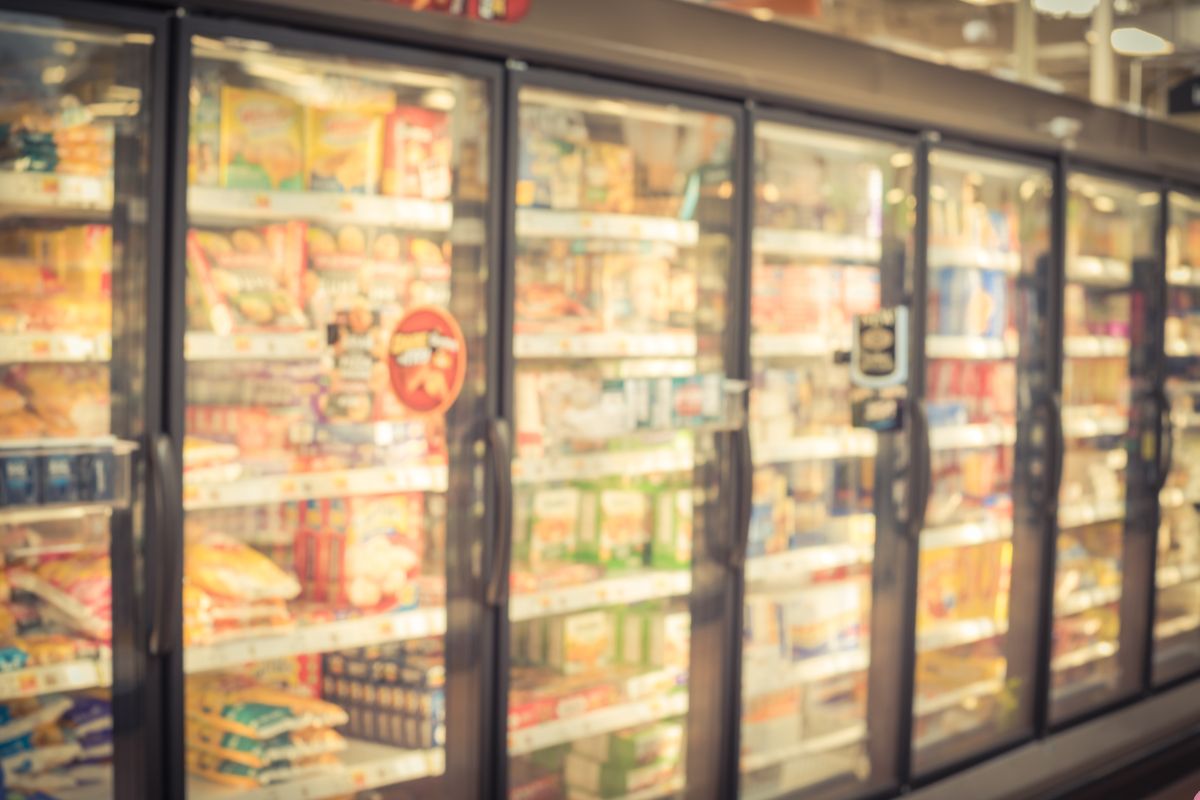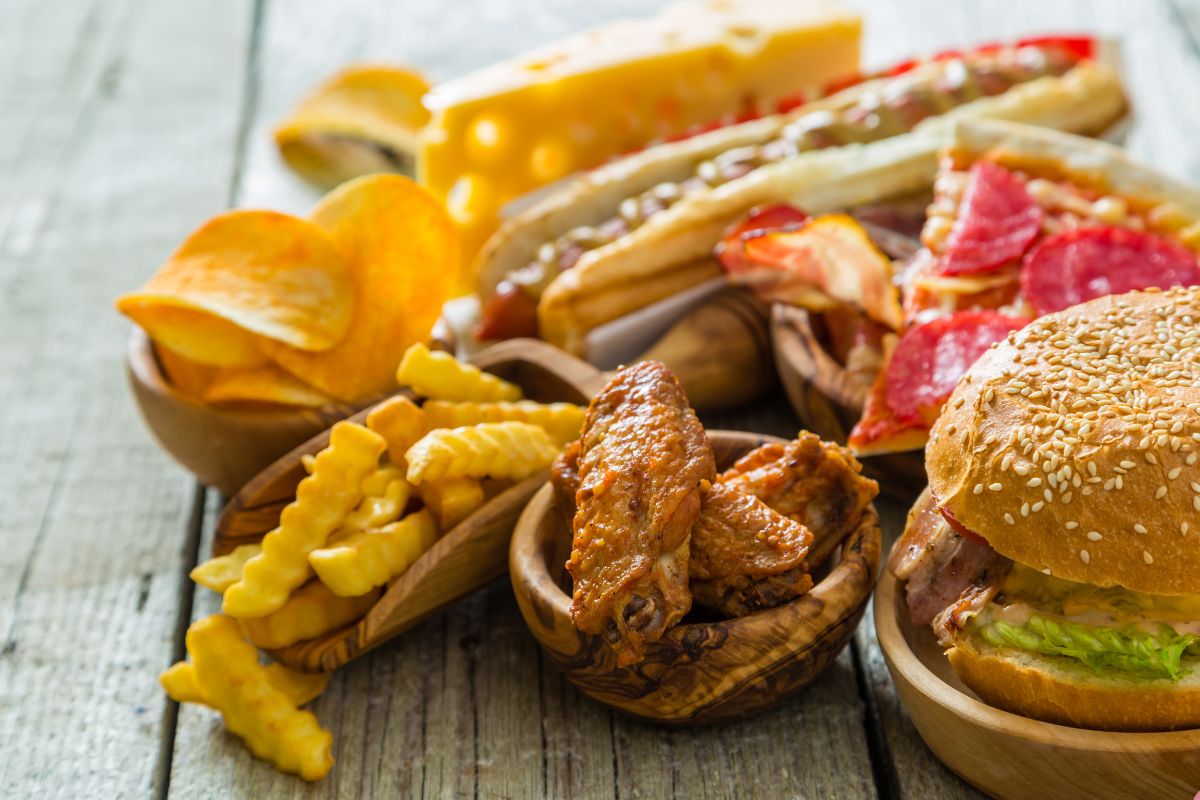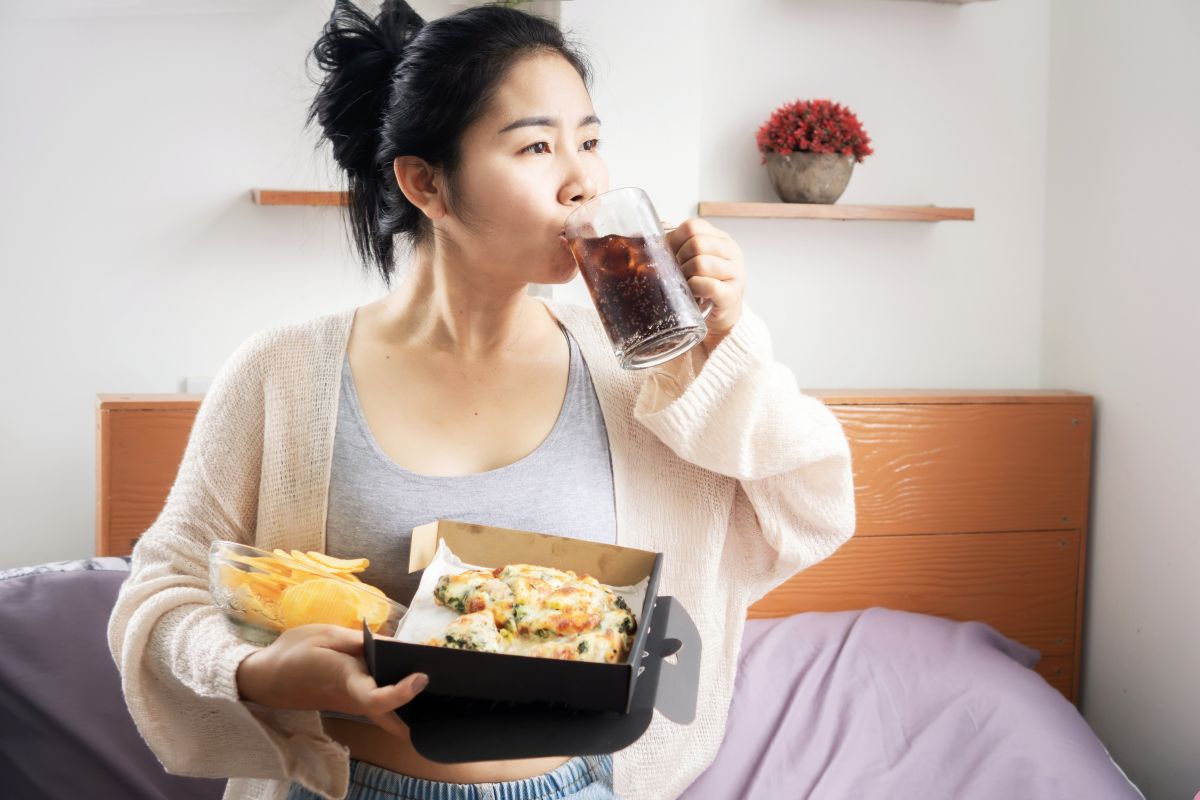Step down the aisle of your local supermarket and observe that every food is processed in some way or another—frozen dinners, breakfast cereal, pre-packaged lettuce, cookies, and soda. Just what is “processed food,” then? Is all processed food unwholesome to the body, or is some percentage of it safe to consume?
In the past decade, people have been asking for food of better quality for themselves. “Processed food” is not a great-sounding term, but then there is more than a grain of truth to it. In this article, we debunk the myth of processed foods, which are not wholesome and are not safe, and offer some tips on how to shop and cook more sensibly.
What Are Processed Foods?

Processed food is food that has been altered in some form from its natural state to prolong its shelf life, enhance flavour, or make preparation easier. It encompasses a variety of processes, including freezing, canning, baking, drying, or the addition of preservatives, flavour enhancers, and other additives.
Types of Processing:
Minimally Processed: Washing, chopping into small pieces, freezing (bagged spinach, frozen fruit).
Moderately Processed: Have ingredients added to them like oil, sugar, or salt (baked beans, flavoured yoghurt).
Highly Processed (Ultra-Processed): May have artificial additives, and little nutrients (instant noodles, crisps, fizzy drinks).
Not all processed food is unhealthy for us, but not highly processed or not is what is important.
Why We Process Food
Food processing is very precious and has been utilised for centuries as a food preservation method, enhancing the safety and flavour of food.
Why Food Is Processed:
Preservation: Avoid spoilage and enhance shelf life.
Convenience: Reduce and make preparation easier.
Taste and Texture: Enhance flavour or texture.
Fortification: Add vitamins and minerals to avoid deficiency.
For instance, milk pasteurisation will destroy pathogenic bacteria, and iron-supplemented breakfast cereal fights anaemia. Processing by itself is not evil—it is intent and amount that matter.
The Dangers of Ultra-Processed Foods
Ultra-processed foods are the remains of mostly highly calorie-dense foods with tons of sugar, salt, unhealthy fats, and barely anything in the way of nutrients. Most of them are produced for the express purpose of being flavoured and not nutrients.

Hazards to Health
Obesity: Ultra-processed foods are rich in calories and difficult to resist overconsumption of.
Heart Disease: Trans fat and sodium raise blood pressure and heart disease risk.
Type 2 Diabetes: Low-fibre and refined carb diets impose cost on blood glucose control.
Digestive Issues: Low natural fibre is bad for the digestive system.
Addiction-type Eating: They are formulated to induce craving and encourage unhealthy eating.
The reality about processed food is that there are very few of them that are healthy and convenient, but ultra-processed foods are unhealthy to consume daily.
Healthy Processed Foods to Incorporate into Your Diet
They are not so bad. The majority of them are safe, healthy, and easy to incorporate into a balanced diet.
Some Examples of Healthier Processed Foods
Frozen vegetables and fruits: Preserve nutrients and are convenient for a quick meal.
Canned beans: High in fibre and protein (use low-sodium types).
Whole-grain bread and pasta: Provide fibre, vitamins, and slow-release energy.
Nut butters: Peanut or almond butter with few ingredients.
Greek yoghurt: High in probiotics and protein, particularly if unsweetened.
The above foods may be incorporated into a general balanced diet, particularly if incorporated alongside fresh, whole foods.
How to Read Food Labels Wisely

Checking food labels does make a big difference in choosing healthier food options. Packaged foods have hidden sugars, sodium, and unhealthy fats that are not quite so straightforward.
What to Look Out for:
- Ingredients List: Short and simple. Steer clear of foods with odd or chemically sounding names.
- Sugar Content: Be cautious of added sugars—keep it under 25g (6 teaspoons) for women and 36g (9 teaspoons) for men.
- Sodium: Less than 2,300 mg sodium per day.
- Trans Fats: Steer clear of foods containing “partially hydrogenated oils.”
- Serving Size: Look at serving sizes to prevent overindulgence.
Label reading allows you to make healthier and safer, less unhealthy processed food alternatives.
Healthy Means to Lessen Unhealthy Processed Foods
Getting rid of all processed foods is not the solution. Minimise instead the unhealthy ones and more of the wholesome, less processed variety.
Tips to Lessen
- Cook More Home: Home cooking provides total control of ingredients.
- Replace Snacks: Exchange chips and candy for nuts, fruit, or whole-grain crackers.
- Batch Cook: Cook big pots of healthy food to keep on hand, limiting convenience foods.
- Shop the Perimeter: Fresh foods like produce, dairy products, and meats are usually stored along the edges of grocery stores.
- Hydrate with Water: Ditch sugary sodas and flavoured drinks.
The reality of processed food is that small changes in your daily life can make a big difference in your health.
False Beliefs About Processed Foods
1. All Processed Foods Are Bad
As stated earlier, all processed food is bad. Freezing, fermenting, and pasteurising all preserve food safely and healthily.
2. Organic Means Unprocessed
Organic cookies and chips are still ultra-processed. Always be sure to read the label—organic is not always healthy.
3. You Can’t Be Healthy and Eat Processed Foods
Balance is the key. You can have some whole, fresh foods and some nutritionally advantageous processed foods as part of healthy eating.
Shattering these myths empowers individuals with the ability to make smart decisions and not eliminate all processed foods due to fear.

Eating Out: Making Better Choices
Eating out or ordering in is easy, but at the expense of extremely processed food. But with a little vigilance, you can slash the risk.
What You Can Do:
- Eat grilled, not fried.
- Get dressings and sauces on the side.
- Have water or unsweetened drinks.
- Skip “value meals” meant to encourage you to consume more.
- Beware of portions—send take-home leftovers home if you must.
- Skirting restaurant mindless eating is part of your process to cut back on processed foods.
Children and Processed Foods
Children are particularly susceptible to the temptation of ultra-processed foods because of their growing bodies and expanding appetites. No one’s to blame, most of what they’re sold—breakfast cereals with added sugars, lunchables, and pop—is in this group.
Parenting Tip:
- Provide whole fruit rather than fruit-flavoured snacks.
- Pack school lunch with whole grains and lean protein.
- Encourage a few sweet beverages and milk substitutes, or water.
- Read labels together to facilitate healthy habits from an early age.
Educating children about processed food facts allows one to create a solid foundation for healthy living and wise living for life.
Environmental Impact of Processed Foods
Apart from health, processed foods also negatively impact the environment. Too much packaging, long distances of transportation, and energy-intensive manufacturing also lead to wastage and pollution.
Green Tips:
- Purchase things with less packaging.
- Purchase locally available seasonal fruits and vegetables in season.
- Reuse and recycle.
- Avoid purchasing single-packs and purchase bulk instead.
Reduction of processed foods can make one healthier, as well as make the planet healthier.
Conclusion: Awareness and Moderation Are the Keys
The reality regarding processed foods is that they are not bad or evil, but knowing, moderation, and wise choice are the keys. To have the authority to be able to know what foods in this category are okay and when the best option is to remain at a moderate level gives you better control over your health and well-being.
You don’t need to eliminate all the processed foods. You’re moving towards whole, natural foods with some room for the convenience safety net of processed foods. Ease into it, read labels, and pick foods that are good for your body.
Being intelligent, you can have the best of both worlds—convenience and health—without losing out to the dangers of highly processed foods.















